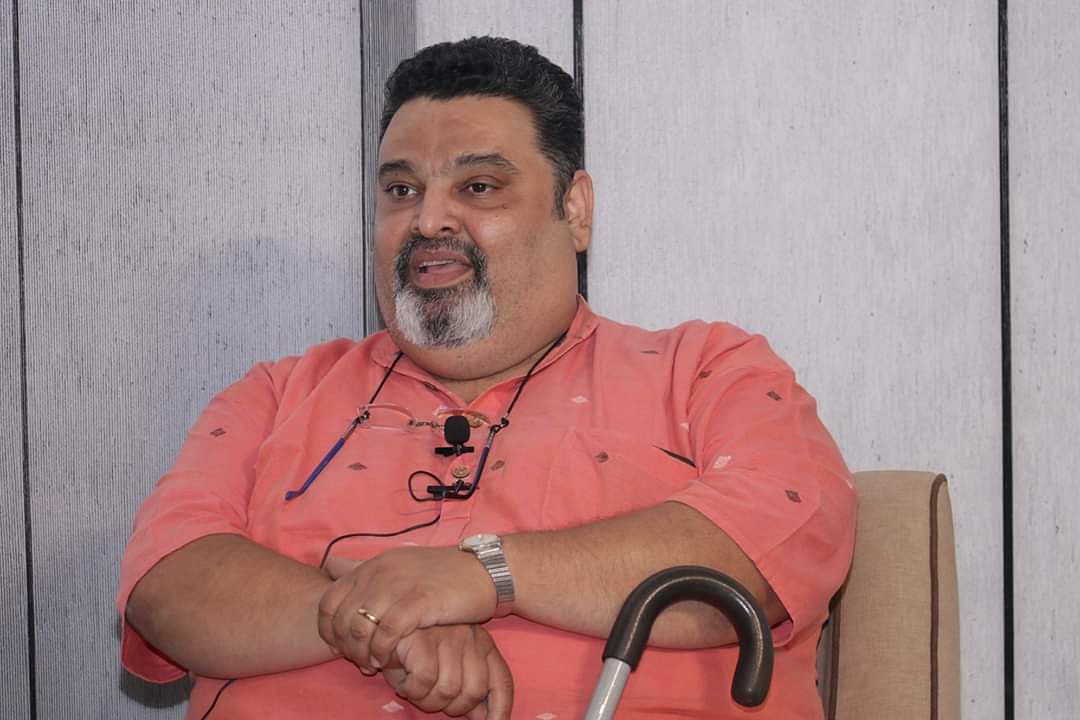If fruits were pop stars, banana would be Beyonce. Which fruit was first domesticated in India - 'ber' or 'aam'? Whether, the humble vada-pav of Mumbai is a truly 'desi' dish? And, most importantly, were our ancestors in the sub-continent - vegetarian or non-vegetarian?
These are some interesting subjects that Dr Kurush Dalal discusses to keep an "online audience" engaged.
A veteran archaeologist, historian and culinary anthropologist, Dr Dalal says that the history of food is one of the interesting topics that helps us dwell on our past.
Speaking at an online session on 'Culinary Anthropology & Archeology of Food', hosted by Trekshitij Sanstha, a organisation that is into trekking, conservation of forts, heritage and nature, based in Dombivli in Thane district, he said that ladies are the best caretakers of culinary history...with mothers they do schooling, with mother-in-laws they graduate and then PhD," he said in lighter vein.
"Banana is the most consumed fruit and spans generations....eaten by both toothless babies and toothless geriatric. It is soft, sweet and easy to digest. It crosses historical eras and travelled through continents," he said.
According to Dr Dalal, 'ber' and 'aam' (mangoes) were among the first fruits to be domesticated in India. "The 'ber' is actually a super fruit," he said.
When there was a question whether our ancestors were vegetarians or non-vegetarian, he tackles the rather sensitive question easily. "Do you know what was the joke then....? Anyone who could not hunt was a vegetarian," he said.
About the vada-pav, the most popular street food of India, he said: "I will leave you with a question....the baking technique of pav is Portuguese, the potato was brought by Portuguese in India...the groundnut oil was introduced by Portuguese... the garlic has come from Central Asia...the 'rai' (mustard seeds), curry-patta and haldi is Indian," he said.
Talking about 'samosa', he said that the origin of samosa is 'sambusa' from West Asia, and it is non-vegetarian. "It has become vegetarian in this part of the world," he said.
Dr Dalal said that the present day eating habits of India are often seen in two extremes. "On one hand you have a 'cast-in-stone' type of concept called Indian food which is sold to millions outside the country and is also passed off as Indian/Chinese/Moghlai/Tandoori in urban centres. The other end of the spectrum is the group of people who talk of Indian food as something that changes every 50 kms you travel. The truth is actually between the two extremes," he added.
